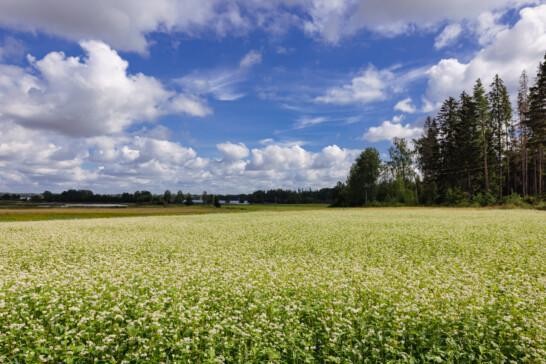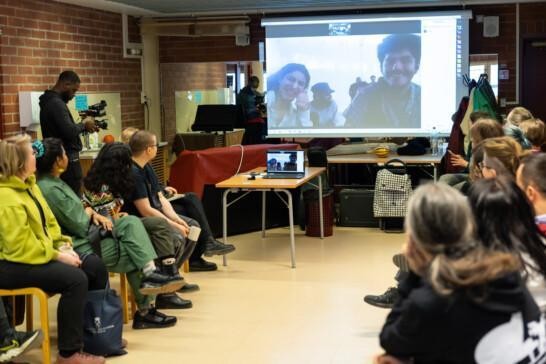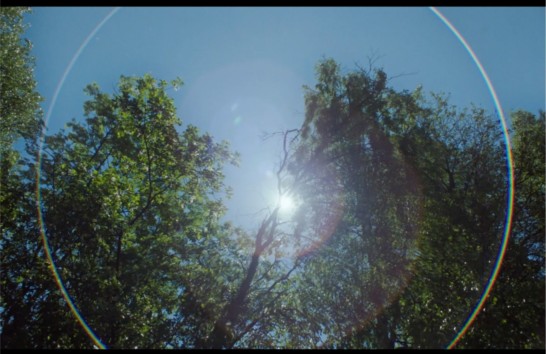Curator’s texts Essay
Curator’s essay: Chicago Boys – While We Were Singing, They Were Dreaming
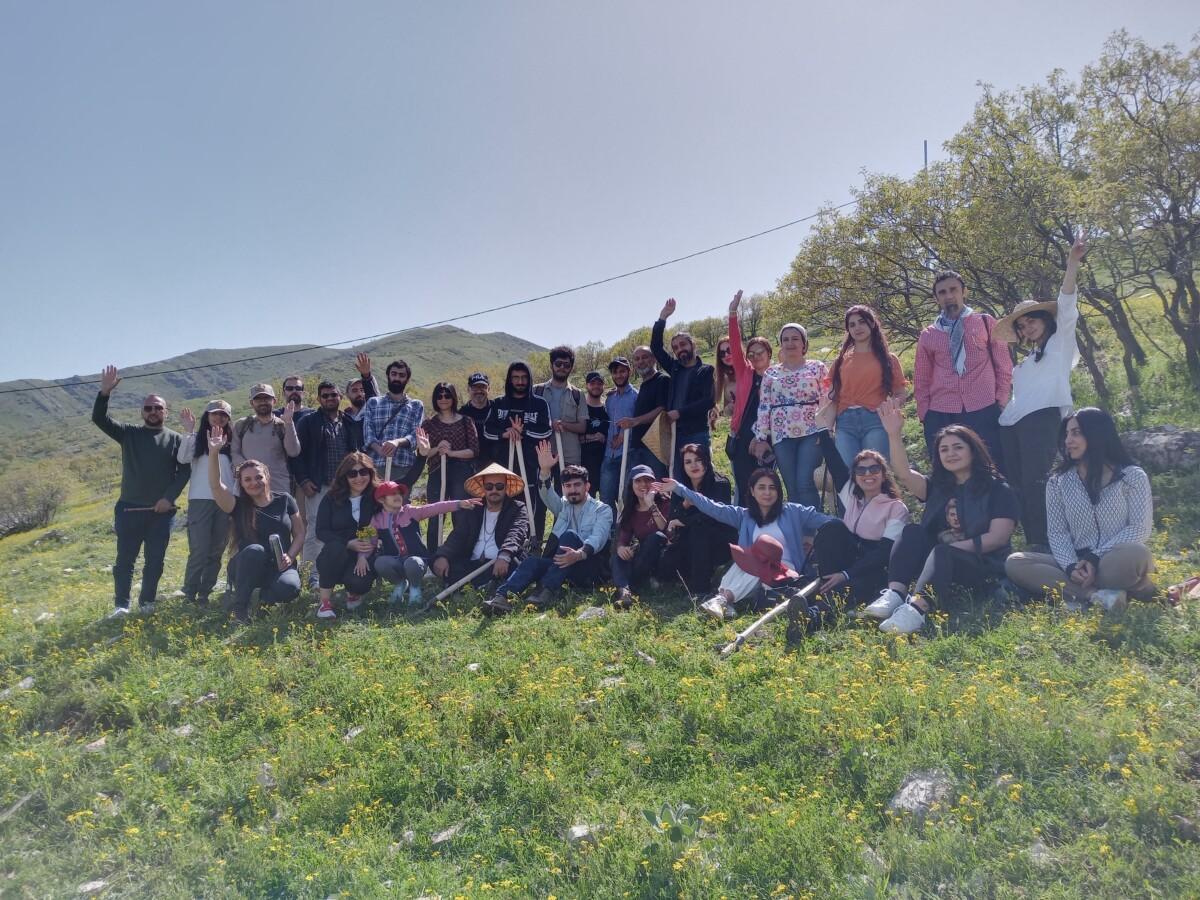
Sowing the seeds of collaboration
Helsinki, April–September 2023, may be continued one day
Sulaymaniyah, Iraqi Kurdistan, April 2023 – ongoing.
Kurdish artist Hiwa K’s IHME Helsinki Commission 2023 Chicago Boys – While We Were Singing, They Were Dreaming (2010–) offers a method that any community can adopt to explore the manifestations of neoliberalism in society. In Helsinki, this artwork brought together musicians and non-musicians in an amateur band. There was an open call for applications to join the band and everyone who wanted to join in was accepted. The work consisted of private and public rehearsals by the band, at which they played music and visited public spaces, both chosen by band members. The public rehearsals were held in places that are important to city dwellers, and which they have protected, maintained and developed for decades. The existence of these places is threatened by various development projects run by the city in pursuit of growth.
The public rehearsals were open opportunities for everyone to join the band. At the start of each rehearsal, we shared a meal and congregated around the same table. Experts and activists from different fields acted as the band members’ guides at the different locations and explained how the neoliberal thinking embedded in the structures of Finnish society affects the future of their immediate environment and services.
Hiwa K’s IHME Helsinki Commission 2023 was also staged in the city of Sulaymaniyah, in his homeland of Iraqi Kurdistan, to coincide with the Helsinki project. Hiwa K led the process on the spot. He adapted his methods and goals to the local situation to raise awareness of the effects of the environmental crisis.
Here, I describe the carrying out of the Commission in Kurdistan and how similar the effects of neoliberalism are on cities and social structures, whether in Iraqi Kurdistan or Finland. To counterbalance this, the different forms of collaboration open up new opportunities and offer hope for a better future. We have published several items about the enactment of the work in Helsinki, the most recent written by researcher Sara Zaman.
A shared art museum in Sulaymaniyah
After a long period residing in Germany, the artist Hiwa K has spent the last four years living most of his time in Sulaymaniyah, after buying a farm there and studying permaculture with the local people. He sent word round the city and put together a group – a band – which negotiated the use of the art museum built in 2003.
Constructed during Paul Bremer’s time as head of Iraq’s transitional government after the fall of the dictatorship of Saddam Hussein, the museum was meant to embody an era of change in Iraq, but its significance remained symbolic. Initially, the poorly constructed museum building had stood idle for a couple of decades, but now it was cleaned up for use.

In addition to meetings, the band met there to cook and eat together, watch ecology-themed films, hold discussions, and tend the small utility garden created in the courtyard. The museum served as a place for activist city dwellers’ need to share information about and experiences of current topics. At the museum these needs also turned into action.
Public space was also taken over in other ways. A bicycle rental company was set up in conjunction with the café to encourage city residents to travel emission-free. Hiwa K organized several bus trips to plant oaks on the slopes of the mountains surrounding the city. 70% of Kurdistan’s trees are oaks, and so increasing their number is vital for the region’s ecosystem during the climate crisis. Oak forests in the region have been destroyed by human-made fires and by bombing of the area by Turkey and Iran. Construction projects and felling oak trees for firewood have also destroyed forests. Unlike the oil countries of the Persian Gulf, in Iraq heating oil is not available to everyone at an affordable price.
Revisiting the landscape
The first Sorani-Kurdish textbook on ecology – the relationship between humankind and nature – was also produced for schools in mountain villages. Sorani is the language used by the majority of Kurds in the region. In the town of Sulaymaniyah, pupils from four schools got to plant oak saplings in their school yards.
The trees were named after the pupils and each pupil can now care for their own tree throughout their school years and watch it grow. In Iraq, temperatures go above 50 degrees C in summer due to climate change, so the shade and cool provided by the trees protect life. Nevertheless, the intense heat also affects the trees in the area, and the drought increases the risk of forest fires.
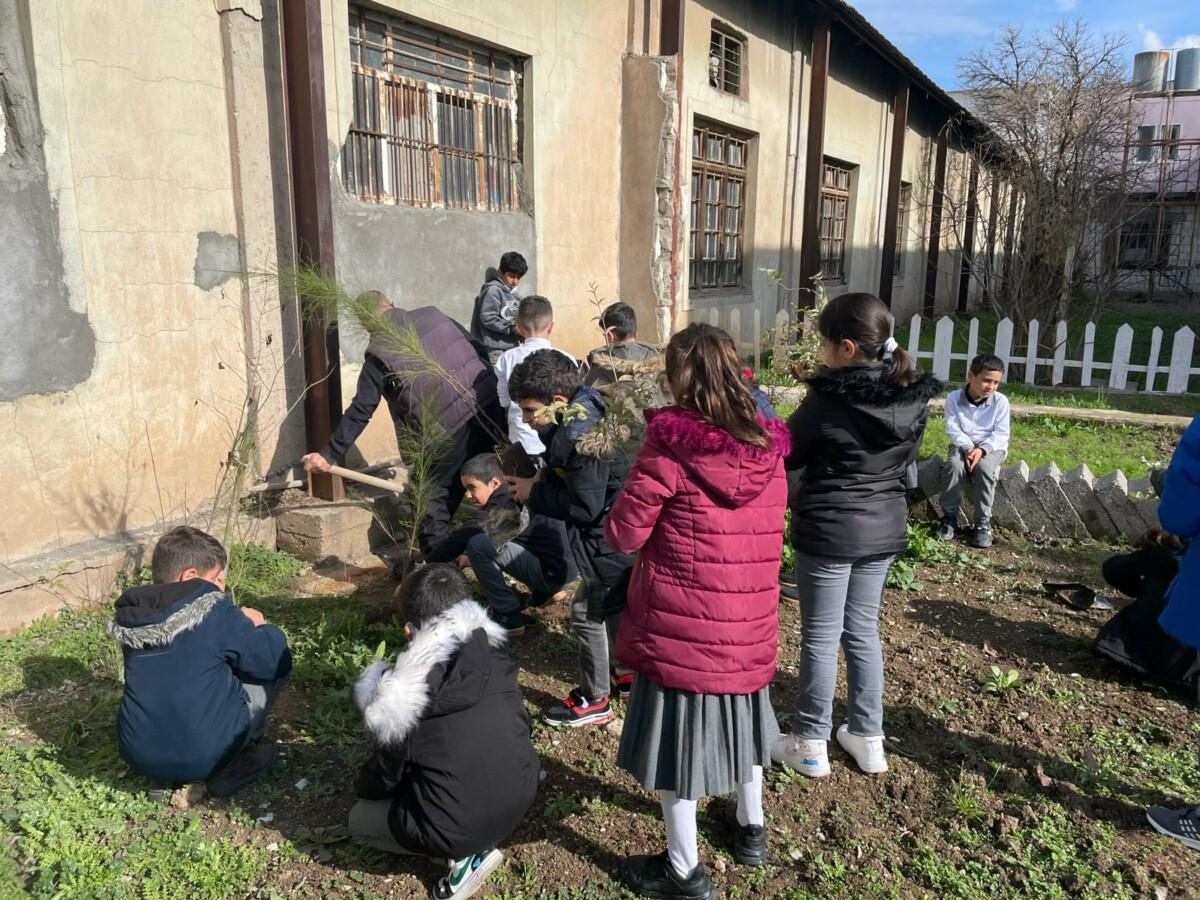
In Sulaymaniyah, plans also included holding an exhibition of old landscape paintings depicting the region in order to make the changes to the mountain landscape visible. It was difficult to get older artists involved, many artworks had been destroyed or lost, and only a handful could be traced.
In the end, the exhibition did not go ahead, instead, a video recording was made of the artists bringing their landscape paintings to the places they depicted. This is an important Qiliasan park for locals, whose trees have been felled without permission to allow investors to start building on the site. Paintings were used to show the changes in the landscape. The most important thing was not the quantity, but the quality of the paintings – a single picture can be enough to show how quickly humans are transforming the landscape, the climate and, at the same time, the future of the entire local ecosystem.
The latest result of our collaboration is a recording studio for making music, built in an abandoned cigarette factory. The aim is to use music to promote awareness of the environmental crisis and the cultural change it requires. That is the goal of all the actions in this artwork that encourages participation – or, in the artist’s own words, a movement – in both Sulaymaniyah and Helsinki.
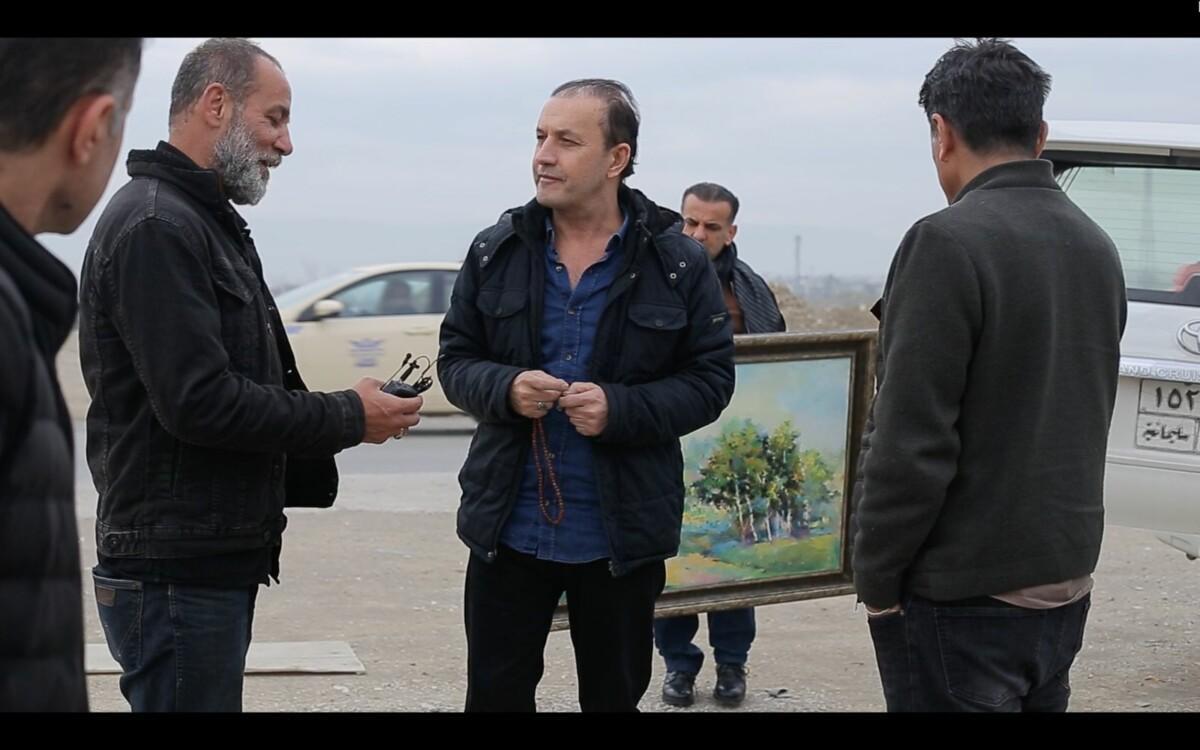
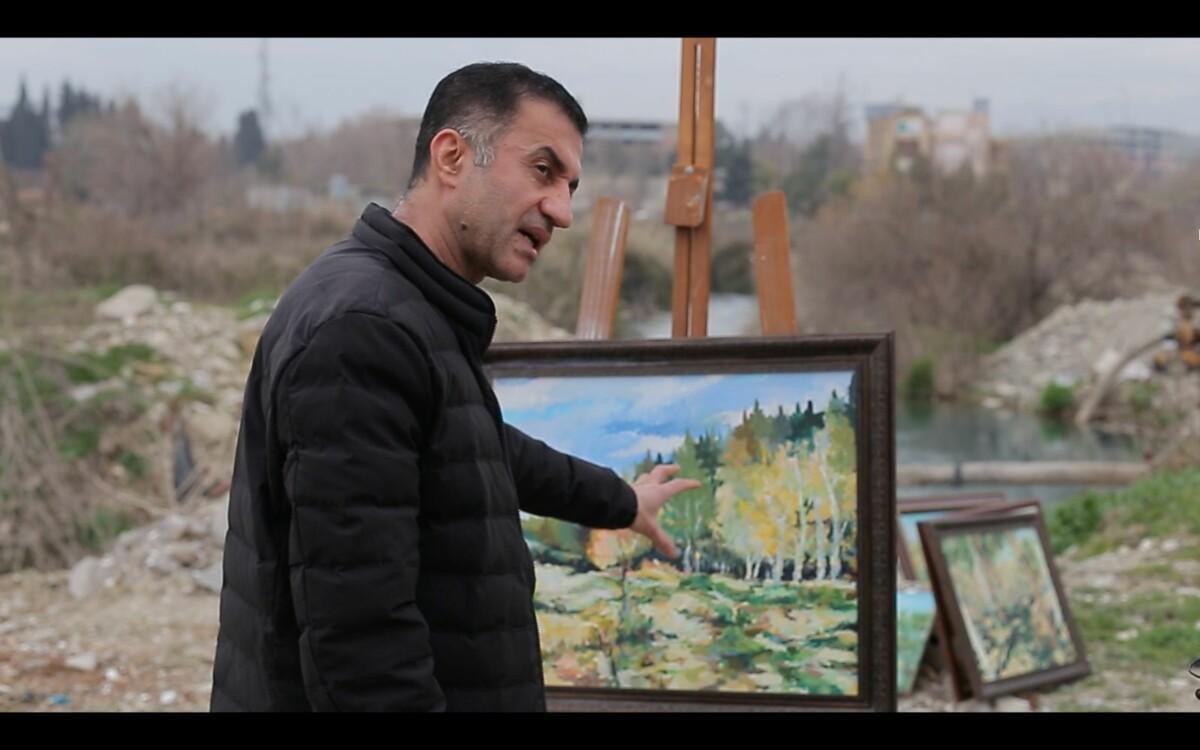

Collaboration is the future
Hiwa K’s project brought together people from different backgrounds to play music, share experiences, and to decide jointly on the progress of the project, but it also opened up perspectives on opportunities for citizens to affect the future of their own lives and the environment. When Chicago Boys is seen as a civil and environmental movement, or at least the first step towards one – what does that mean?
Its core is closely related to that of the concept of Commons and the verb commoning, in which people act to solve a problem they have “in common” by organizing and running their own actions. This, in turn, means freedom. In Finnish, “commons” is translated as yhteisresurssit (shared resources), various forms of collaboration that can function outside of either the private or public, or within them.
A Commons is a way of working characteristic of human societies, but in a state and market-run world it has become an invisible force. Nevertheless, it appears that, starting in the 2000s, people around the world have increasingly resorted to collaboration, as it offers an alternative: a change-oriented, ecologically more sustainable view of the future. In the Chicago Boys project, this was also reflected in the activities of Helsinki residents, for example, in the civil actions generated around the protection of urban forests.
Calling Hiwa K’s work a “citizens’ movement” in Sulaymaniyah is also justified by the fact that the processes it initiated have not ended, but are continuing. One of Hiwa K’s own, as yet unrealized dreams is to plant oak trees on a mountainside, in the shape of “hanase ba” – the word for the imperative “breath” in the Sorani spoken in Sulaymaniyah. One obstacle to making this dream a reality is that the city’s mountain slopes are set aside for the construction of gated communities for the wealthy. A key impact of neoliberalism around the world is increased inequality, including in Iraq and Finland.
From words to deeds
As the commissioner and curator of the artwork, I witnessed Sulaymaniyah’s part in it remotely, together with the members of the Helsinki Chicago Boys band. Over the video link, we got to know the members of the Sulaymaniyah band, were able to experience the interior and exterior of the museum building, and saw musical performances, plus recordings of other events on Instagram.
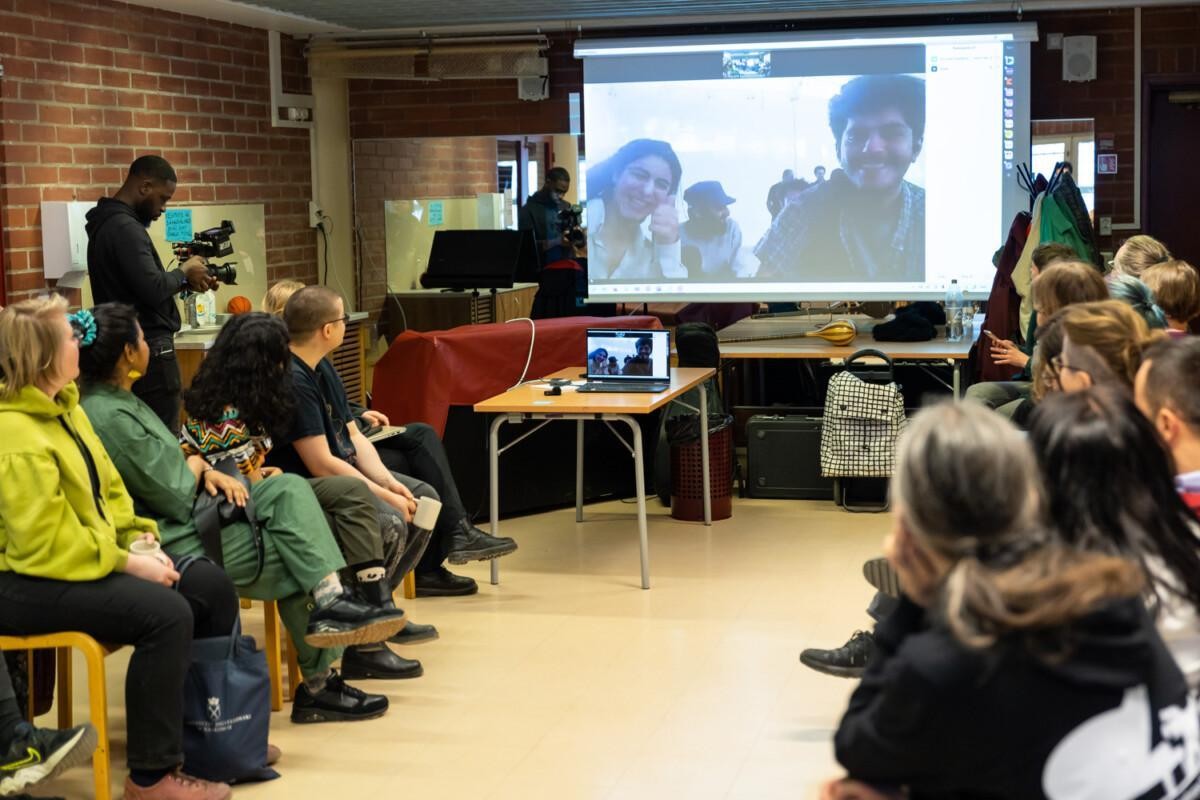
Of course, it would have been interesting to travel to Kurdistan, where I have never been, to witness manifestations of the local culture and to meet all the people who were able to express themselves in the project in the spirit of communal sustainability. But my travelling to Sulaymaniyah was in no way necessary: as a local actor, Hiwa K has networks, language skills, knowledge of the culture, and an understanding of how the local authorities work. He has everything needed to carry out the project, and this collaboration was planned to be run just like this from the very beginning.
Why? Because IHME Helsinki promotes the cultural change needed in the environmental crisis. Our organization has the funds and I could have arranged my work and time to allow a trip to Sulaymaniyah, and I could easily have justified it on professional grounds.
But our starting point is to unlearn old practices and to develop new operating models for the world of the environmental crisis. The biggest source of emissions from IHME Helsinki’s operations is air travel, so we are actively considering ways of operating internationally while keeping the number of air journeys to a minimum.
As to why international collaboration is important during the environmental crisis and how to enact this in an ecologically sustainable way, I will be writing more in my next Let’s imagine the future now blog, which I have renamed: Let’s make the future now.
Paula Toppila
Executive director and curator
